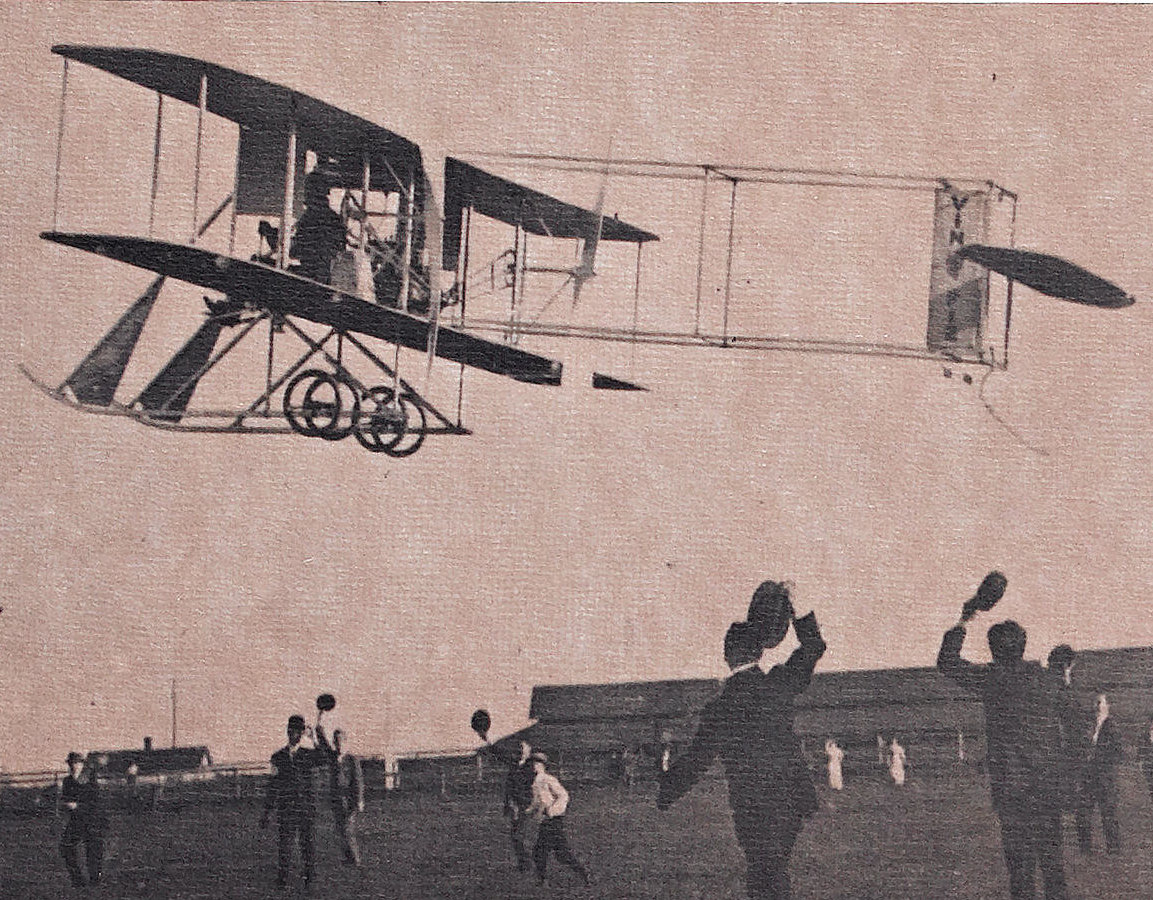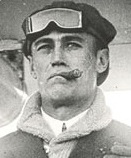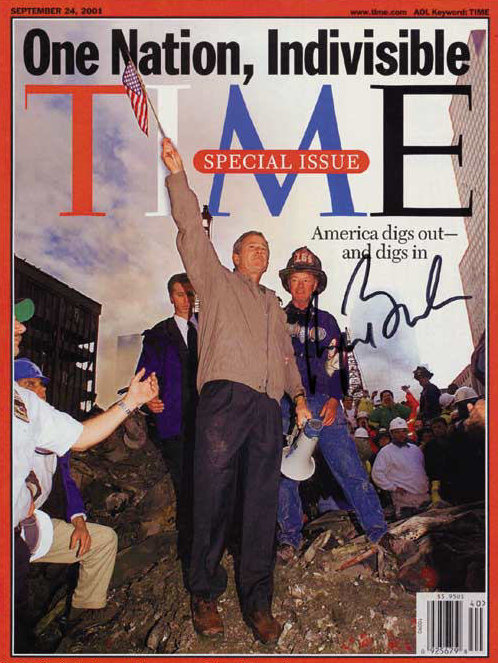
By Jim O’Neal
Before Ben Sliney made the decision to close all the airports in 2001 (see yesterday’s post), most aeronautical efforts were focused on inventing flying machines that would go faster and higher.
Orville and Wilbur Wright were brothers from Ohio who worked on printing presses, motors and bicycles. On Dec. 17, 1903, near Kitty Hawk, N.C., they made the first controlled, sustained flight of a powered, heavier-than-air aircraft. Two years later they perfected controls to make fixed-wing powered flights feasible.
Less than eight years later, William Randolph Hearst offered a prize of $50,000 to the first flier to cross the United States between New York and Pasadena (going either way) within 30 days.
Three men actually tried. One was a race driver, another a jockey, but both failed. The third aspirant, a flamboyant, cigar-chomping showman named Calbraith Perry Rodgers, decided to try despite just learning how to fly. His only lesson was a 90-minute session with Orville Wright, but it was enough for him to receive the 49th license to fly.
By chance, the Armour Meat Co. had developed a soft drink called Vin Fiz that was wildly unsuccessful. In desperation, they hatched a marketing plan to sponsor Cal Rodgers’ flight and it was equally bizarre.
They named the plane Vin Fiz, plastered it with advertising signs and put an oversized bottle between the two wheels. Then they designed a special train to trundle beneath the plane’s flight, loaded with every possible spare part, and Cal’s wife!

People all over the country would be exposed to the Vin Fiz brand.
One minor detail was that the offer had a one-year expiration clause and by the time all the preparations were complete, Cal only had 43 days to make the entire trip. Undaunted, on Sept. 17, 1911, Rodgers climbed aboard, shorted the magneto, pulled the choke cable, released the brake and took off. Within 10 minutes, the speck in the sky was gone from view.
In the end, he failed. He made it to Pasadena 19 days too late to win the prize money. However, he pressed on and dipped his wheels in the water at Long Beach, thereby becoming the first man to fly from one coast to the other in just 19 weeks. Thousands more would follow this true adventurer’s aerial footsteps, until Ben Sliney issued his famous order to all aircraft 90 years later. One opened the skies and the other closed them, yet neither are well known.
The Vin Fiz Flyer is on display at the Smithsonian National Air and Space Museum and 12 Vin Fiz 25-cent stamps are known to exist. One sold for $88,000 in 1999. The Vin Fiz grape drink finally fizzled out.
 Intelligent Collector blogger JIM O’NEAL is an avid collector and history buff. He is President and CEO of Frito-Lay International [retired] and earlier served as Chairman and CEO of PepsiCo Restaurants International [KFC Pizza Hut and Taco Bell].
Intelligent Collector blogger JIM O’NEAL is an avid collector and history buff. He is President and CEO of Frito-Lay International [retired] and earlier served as Chairman and CEO of PepsiCo Restaurants International [KFC Pizza Hut and Taco Bell].

